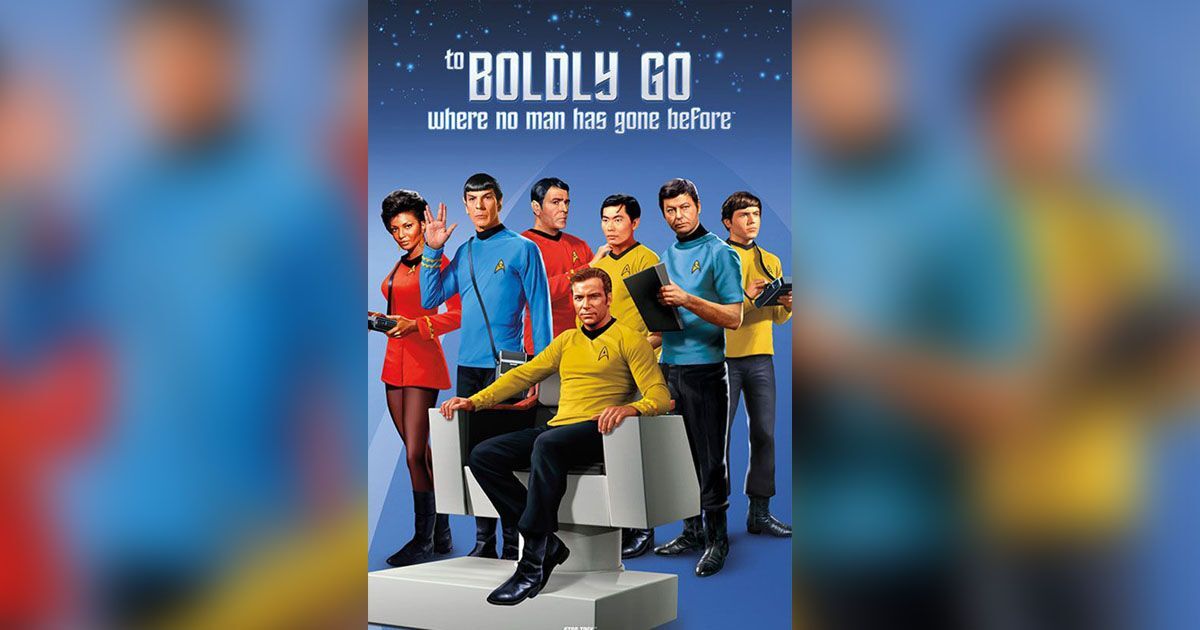
Tridiv Hazarika
In the eighties, Star Trek was a very popular sci-fi serial on television. We didn’t have a television at home, so, I used to visit a neighbour who was one of the very few who had a television in those days. I was fascinated by the imaginary futuristic technologies that were on display more than the other elements of the storyline. Characters like Mr Spock was one of my favourites. The adventures of Captain James T Kirk and his international crew, who explored the universe aboard their ‘star ship’, defined the imaginary world of my childhood. Well, imaginary yes, but unlike the usual superheroes that we tend to associate with, Star Trek was essentially experimenting with what scientific minds were exploring in the realms of space travel, advanced weaponry and transportation systems, bio-technology, and, other metaphysical elements that fascinated the human mind.
It is said that Hollywood fantasies often become a reality after a few years. Science-fiction writers frequently draw inspiration from global scientific conversations and research when they add their own imaginary elements to create a storyline that the viewer can relate to. If we look back at some of the all-time favourite sci-fi flicks, we will come across an array of technologies that are no longer figments of the imagination. In an article in All About Space magazine published on March 25, 2020, Lee Cavendish illustrates how real-life technology has drawn inspiration from the world of films. Some of the creative inventions that have appeared in blockbuster movies like Back to the Future and Total Recall are now at the forefront of modern technology. The first mobile phone, the Motorola DynaTAC, was invented by Martin Cooper in 1973. A long-standing rumour was that Cooper got his inspiration from an episode of Star Trek where Captain Kirk used a hand-held communication device. However, Cooper stated in a 2015 interview that the original inspiration was from a comic strip called Dick Tracy, in which the character used a “wrist two-way radio”. Now, products such as Sourcenext’s Pocketalk and Skype’s new voice translation service are capable of providing instantaneous translation between languages. The technology is yet to provide flawless real-time instantaneous translations, but, with the rapid advancements in technology, I am sure even this gap will also be bridged soon.
In the Star Wars movies, 3D holograms were most commonly used. A hologram is a 3D image created from the interference of light beams from a laser onto a 2D surface, and can only be seen in one angle. In 2018, researchers from the Brigham Young University in Provo, Utah, created a real hologram. We have also seen how some political parties use hologram images of their leaders for canvassing during elections. The technology is yet to fully mimic what the special effects teams of movies have achieved, but, I am sure we are just on the threshold of wonderful possibilities of this technology being used in various sectors. From all the high-end imaginary technology that I have seen in films, the transporter used for teleportation in Star Trek is my all-time favourite. The very idea of being able to beam out or beam up someone from a remote location in split seconds is, indeed, a fascinating idea. Scientists haven’t figured out how to teleport humans yet, but they can teleport balls of energy known as photons. I am confident that the bright minds of our times, coupled with highly advanced scientific eco systems, can surely find ways to translate these fantastic imaginations of the creative industry into a reality in the future.
I believe what we imagine is what we actually make happen. The ability to imagine new possibilities using the available resources around us is what drives the human race to develop intelligent technologies to make our lives easier. Now, NASA, and our very own ISRO, and similar space research agencies of advanced nations, including billionaire entrepreneurs like Elon Musk, Jeff Bezos, and Richard Branson are pushing the frontiers of science and technology. Nowadays, I see that, in a way, yesteryear’s fantasies are fast becoming a reality, so let’s keep our ideas and imagination alive at all times.

